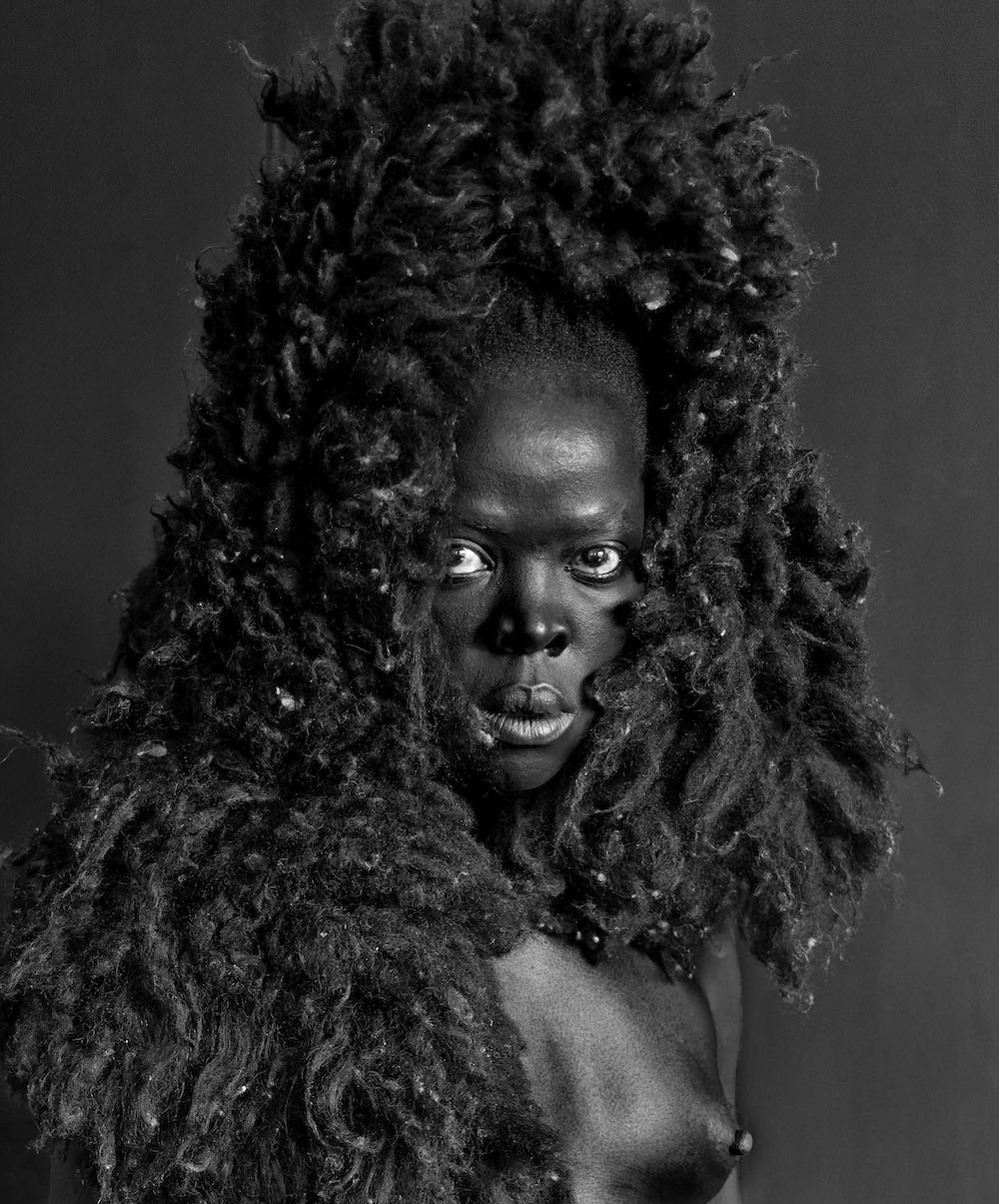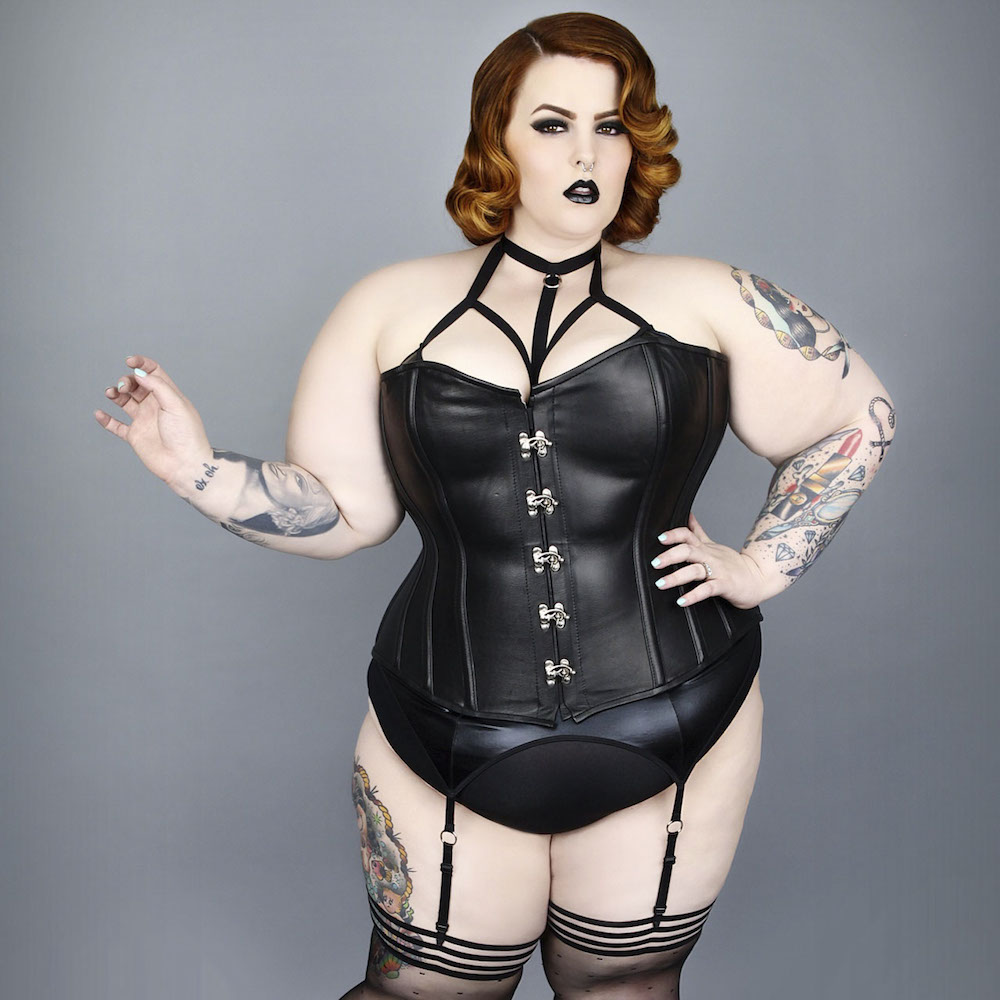Lupita Nyong'o.
When I worked for magazines, I found beauty planning meetings tedious, but also surprisingly enlightening. I remember sitting in one meeting trying to swallow the desperate realisation that when the next round of South Africa’s inevitable news broke I’d probably be sitting here discussing the merits of juicy glosses and Sorbet eye colours. When Nelson Mandela dies, I thought, I’ll be stuck here contemplating, for the umpteenth time, how best to recommend to our readers the perfect smoky eye: Should it be a step-by-step guide or pictorial?
But then again I came into magazines with an air of arrogance, what with my touch of hard newsroom experience inflating my head.
Yet, as with most shows of haughtiness, there was a bit of envy. Magazines have provided women with a sense of self-expression and self-definition in ways no other traditional media has. I experienced the self-esteem-pumping power of gloss that glistens without chapping, and the near life-altering pleasure of finding a foundation in your skin tone.
Mainstream media and magazines, particularly, might pander to Western ideals of beauty, but adornment is not a Western construct. So, like many other women, I started enjoying taking a little bit more care in my dress: I fell in love with form-fitting jeans, and had a lightbulb moment about heels. There is a power in dress for self-definition and belonging, and this has existed in many cultures and for many decades. Women’s pursuit of external beauty is genuine and universal and, yes, can be very empowering.
Yet working in magazines was an education on how that universal ideal has been manipulated – thanks largely to the might of the beauty industry and its bond with mass media and magazines and therefore women. You need only look at the ads that dominate the first pages of a successful fashion and beauty title, like Vogue, to do the maths.
There exists a lucrative and powerful relationship between beauty and mass media, which for years has grossly controlled the idea of beauty to fit into one single frame: that of a young, white, thin woman with straight hair – an image that rarely exists among the majority of white women themselves. Yet it’s been consistently delivered with successful precision globally in a number of ways.
Magazines have fabricated a damaging relationship between readers and celebrities in pop culture. Photoshop manipulates the shape and size of women, particularly celebrities, which has distorted women’s body image. Then there is the incessant messaging about diets and summer bodies that all adds up into a cultural phenomenon that has women literally starving themselves.
It’s been the perfect entrapment, and, as in all effective colonisation projects, it’s most effective in the mind. And it takes just one word: aspiration.

Zanele Muholi
Reams of brands and products are marketed as aspirational, which, in turn, lends itself to an industry of stringent – and false – notions of what constitutes beauty. Beauty pageant judges, editors and beauty brand owners are thus vindicated in their claim that only the chosen few of a certain body type can make it to the podium. They tell us that magazine covers featuring black women do not sell, so the rest of us should sit quietly.
In her book The Beauty Myth: How Images of Beauty Are Used Against Women, feminist author Naomi Wolf called it a “cultural conspiracy” to keep women enslaved to the benefit of patriarchy. The more liberated, educated and radical women have become, the more trapped we are in our bodies, she argues. As women rose in the 21st century, so did global numbers in anorexia and plastic surgery.
“Powerful industries – the $33-billion-a-year diet industry, the $20-billion-a-year cosmetics industry, the $300-million cosmetic surgery industry, and the $7-billion pornography industry – have arisen from the capital made of unconscious anxieties and are, in turn, able through their influence on mass culture, to use, stimulate and reinforce the hallucination in a rising economic spiral,” she writes.
Wolf’s book was first published in 1991, but it might go some way towards explaining the current fixation with sky-high heels and make-up techniques like “contouring” – so technical they sound like science.
The conversation about exclusivity in mainstream beauty has been happening for decades with little change. One response is the specialised beauty pageants and magazines for marginalised groups, like Miss Fats South Africa, started in 1999. The industry started taking note, but only insofar as it does not disturb the existing structure.
So in the past decade we started seeing fashion pages for fuller-figured women only and separate black hair supplements. It’s necessary, but it makes the point that we see bigger and blacker people (real women), as belonging in a special needs section.
Many might call 2015 a winning year for black beauty internationally. Lupita Nyong’o seems to have lit the way. The 2014 Oscar win and subsequent media frenzy over the dark, flat-chested, short-haired Kenyan actress seemed to set a new path for the definition of beauty.
The United Kingdom’s Guardian called it a historic moment when seven major international magazines simultaneously carried black women on their lucrative September covers: Beyoncé, Kerry Washington, singer Ciara, Serena Williams, ballerina Misty Copeland, young Hollywood stars Amandla Stenberg and Willow Smith.

Tess Holliday
These women are helping redefine the shape and colour of beauty with global significance. In Johannesburg, street hawkers are apparently making extra cash from the matshi-diso, the butt-padding underwear inspired by Muvhango actress Buhle Samuels, whose side shots on the soapie have set social media aflame.
But, as American comedienne Tina Fey has been quoted as saying in her 2011 book Bossypants that stars only “add to the laundry list of attributes women must have to qualify as beautiful” – it’s just more to aspire to. How do we restore beauty to its plurality – outside the narrow frame we constantly force upon it?
The real revolution, it seems, is happening on the internet. Beauty bloggers, YouTubers with make-up and hair tutorials, arty Instagram feeds and mouthy women on Twitter are the ones calling the beauty industry on its bullshit and showing true diversity.
It was local Twitter users who went after H&M when the retail giant paternalistically tried to wave away a shopper’s post complaining about the lack of black models in their South African store. Mainstream media has been given similar lashings for trying to wipe out a whole race’s significance by calling big butts a trend.
There are the bloggers whose selfies are making them cover girls in their own rights and are helping us widen the spectrum of beauty. Aisha is a Tanzanian living in South Africa and her website My Fro and I has 10 000 subscribers, all trying out her natural hair recommendations.
Local stylist Tony Gum (about 13 600 followers) and Yoliswa Mona-‘Lwisa Mqoco (about 11 100 followers) are beauty-benders, playing with masculine and feminine aesthetics and mixing and matching cultural and modern and old traditions.
And it was on Instagram that I first saw Zanele Muholi’s selfie portraits from her self-defining and defiant new artworks collectively called Somnyama Ngonyama (dark lioness), which says everything significant about black beauty today.
Of all new media’s many beauties it’s the fat girl activists I appreciate the most. Fat women are the true untouchables of magazines and beauty definitions, who, if we are all honest, have been the target of all our condemnation. They are spilling completely outside of the beauty frame.
To her about 74 000 followers, @thickleeyonce posts portraits of herself in form-fitting clothes and lingerie, and talks smack to trolls: “Stop perpetuating the idea that being open with ur curvy body is somehow a shameful thing bcoz it isn’t. Check ur negativity at the follow button,” reads her Instagram bio. Glamorous and tattooed @tessholliday of Eff Your Beauty Standards reposts images of women who love their bodies as much as she likes to show hers off.
What allows these accounts to so radically break with the strictures of traditional media? Money. Without the financial hold that the beauty industry holds over magazines, self-made beauty fundis are breaking that narrow ideal and restoring beauty to its universal status. Women’s magazine’s have done more than any other media to popularise feminism, but thanks to its financial structure, it’s also perpetuated narrow beauty ideals funded by industry and contributed in eroding those gains.
The time is ripe for change, and I think women on the internet are the ones who seem most positioned to weaken the hold between beauty, mass media and women – those who don’t aspire to what they were not born with and have stopped buying into the lie that’s been lucrative for some by impoverishing many women.